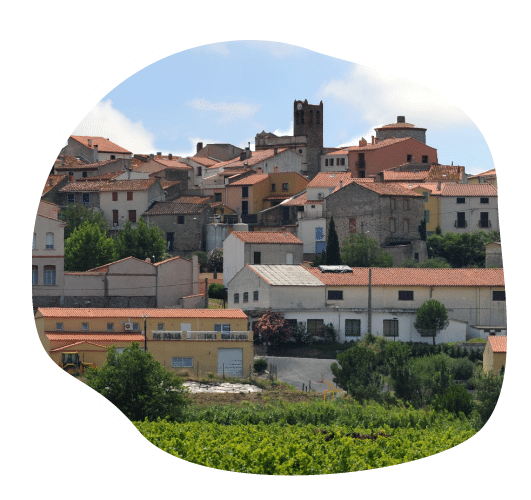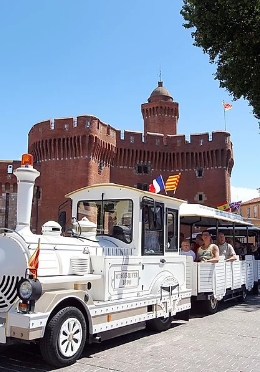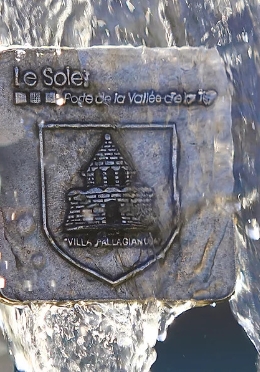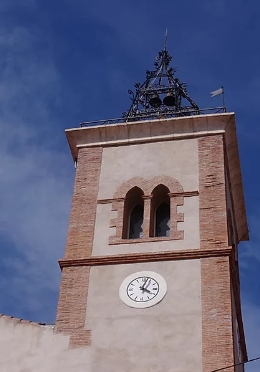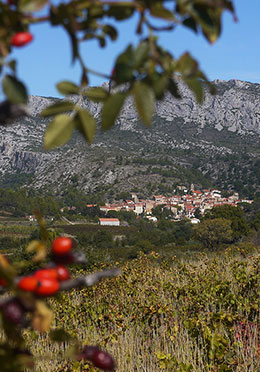
The 36 Communes
Town of Montner
Whether it was called Montenigro in 959 or Monnerio in 1275, the village of Montner, which was the border between France and Aragon from 1258 (Treaty of Corbeil) to 1659 (Treaty of the Pyrenees), is located in the natural region of the Catalan Corbières, north of Millas and southwest of Estagel. Almost the entire area is planted with vines, either on the foothills of Força Real or on the plain. The surface area of the municipality is 1,098 hectares and its altitude varies between 89 and 507 metres.

The story
The first mention of the place dates back to 959, but the primitive village was located at the place known as "L'iglésia vella" and was then called "montenigro", in French mont noir, which corresponds to the dark colour of the mountain (Puig de Montner), where the subsoil contains outcrops of iron minerals. Clinging to a rocky spur of schist, it is also majestically dominated by Mount Canigou (2785m), the sacred mountain of the Catalans.
Montnerois
Number of inhabitants
The town of Montner has approximately 351 inhabitants. Its inhabitants are called the Montnerois.
Montner
According to historical documents, Montner existed long before the castle of Força Réal was built, which was erected around 1250: the place was called Mons de Monneiro in 1211, Monner in 1240, castrum and Monneiro in 1275, Munner in 1632. The lordship of Montner seems to have been greatly disrupted over the centuries, according to the chronological table. The Castle of Força Réal was built on a schistous peak overlooking the whole of Roussillon. From the top of its 507 m altitude, the view extends from Cap Béar (Port-Vendres) to Leucate, with a panorama stretching from the Agly valley to the Têt valley.
